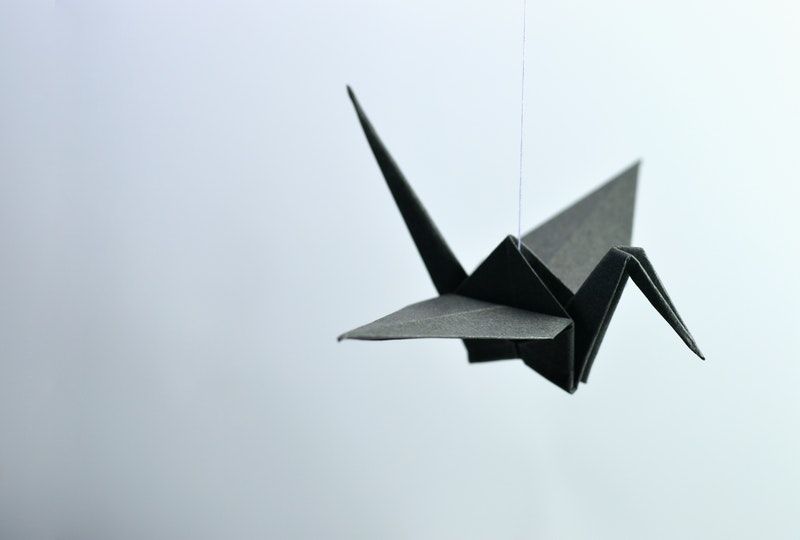Top 10 Japanese Books for Learning Japanese as Beginners

Reading Japanese books is notoriously difficult, but there’s a simple solution for those learning Japanese as beginners: read children’s books! While you have to learn thousands of kanji before you tackle Japanese books for adult audiences, some Japanese books for the younger crowd don’t use kanji at all. When they do, they use furigana, or small hiragana/katakana characters spelling out any kanji. This is an absolute godsend for anyone learning Japanese.

The Advantages of Reading Japanese Books
Learning Japanese can be accomplished through varied media, such as traditional classroom instruction, anime, movies, YouTube channels, apps like Speechling, and yes, Japanese books that provide a glimpse into the culture and legends of Japan. Reading Japanese books out loud teaches vocabulary, rhythm, and intonation, something that is often lacking in textbook lessons. You can also use Japanese books as an opportunity to step away from your textbooks and enjoy stories that extend your understanding of Japanese culture. Here is a list of 10 books to get you started!

The 10 Best Books for Starting to Learn Japanese
1. Guri and Gura (ぐりとぐら)
Who doesn’t like stories about mice who talk? This is a classic Japanese book written in 1963, with great pictures of the mice Guri and Gura. Readers will follow their adventures as they create a gigantic cake with a long shelf life.

2. The Beautiful Math Series -- Utsukushii Suugaku (美しい数学)
It may seem odd that a series about math has a cult following, but both children and adults are big fans of these simple stories, which include wonderful artwork. These are excellent for studying vocabulary related to the Japanese number system. Anno’s Mysterious Multiplying Jar is one of the titles in the series and is well-known for its fantastic drawings.
3. Yotsuba&! (よつばと!)
Yotsuba&!,or With Yotsuba!, is a perfect Japanese book series for beginners. The text of the first book is basic and brief, with large illustrations about the strange and wonderful adventures of a toddler with few social skills. Furigana accompanies all kanji, although Yotsuba’s speech bubbles are exclusively in hiragana. An English version used alongside the Japanese can be used to reinforce the rudimentary vocabulary used in the story.
4. Stories You Can Read Smoothly -- Ikki ni Yomeru (イッキによめる)
Stories You Can Read Smoothly, also translating to “Stories You Can Read in One Go,” consists of several volumes of short stories that can be read in 15 minutes or less. Volume 1 is perfect for beginners, and there is furigana for all kanji, complete with easily digestible explanations of unfamiliar words. An added bonus for Japanese language learners is the inclusion of quizzes after each story. This builds on the acquisition of vocabulary as readers progress through the series and ensures reading comprehension in context.
5. Magic Tree House Books
This series has a unique plus: it was originally written in English, so readers can choose to read the English versions first to improve their comprehension. Grammar and fluency-building are the strengths of this series. Readers can increase their understanding of conversational Japanese through the dialogue, which is kept on the simple side. The Magic Tree House books are written around kid-friendly themes, like pirates and dinosaurs. There are dozens of these books, and the furigana that’s included helps readers with any unfamiliar kanji.
6. One Stormy Night -- Arashi no Yoru ni (あらしのよるに)
Mel the goat makes a new friend during a stormy night that turns out to be the beginning of an unexpected friendship. Gabu the wolf had also found shelter from the lightning and thunder in the dark barn, and as they huddle together, they find that they have much in common. But what will others think of this new friendship? As the story unfolds around these two unlikely friends, it teaches cultural lessons focusing on the Japanese view of friendship, love, and companionship.

7. Slam Dunk
Both kids and adults love stories about sports! Slam Dunk tells the story of a misfit basketball team that unexpectedly ends up in Japan’s All-Star Game. Hanamichi, the main character, joins the team to catch a girl and ends up loving basketball. The book contains furigana to help out with comprehension, and having access to a translated version of the manga will make sure readers are grasping the context correctly.
8. Night on the Galactic Railroad -- Ginga Tetsudou no Yoru (銀河鉄道の夜)
This story is popular in Japan, and the author/illustrator Mari Takabayashi is well-known for her beautiful drawings. It is about Giovanni, a boy with heart-wrenching responsibilities who finds himself on a train filled with tragic passengers. The sentence structure in this story is great for beginners, and it extends vocabulary with many unfamiliar words.
9. Scary! -- Kowai! (怖い)
Japan is famed for its scary stories, which are often supernatural in nature (just think of The Ring). Check out this book of 15 scary stories by 15 authors to provide more variety in your study of Japanese. Because Kowai! targets young readers, the sentence structure is relatively simple and furigana is provided with kanji. A dictionary and grammar reference book may be helpful to have on hand, especially for beginners, and pictures are provided to help out, too.

10. Sadako and the Thousand Paper Cranes -- Sadako no Senbazuru
This story by a Canadian-American author has since been translated into Japanese. It touches on difficult topics like war and disease and is famous around the world with its theme of hope in the face of disaster. It is perfect for adults learning Japanese because of its serious historical content. The picture book version is recommended for students of the language; it includes furigana over all kanji, along with easily understandable grammar. Because this book was originally written in English, cross-referencing can ensure total comprehension.
Bonus 11. Brave Story -- ブレイブ・ストーリー
Brave Story is another book with intense topics. The lead character is abandoned by his father and then has to face his mother’s attempted suicide. The boy is determined to overcome his challenges and finds a magical world. The book led to a series in newspapers that was extremely popular in Japan, so if you find it interesting, you can easily find more related content once you’ve finished the book.

Have Fun Learning Japanese for Beginners with Japanese Books!
Give yourself a break as you’re learning Japanese! Once you’ve learned hiragana and katakana with the help of an app like Speechling, you can mix it up by incorporating Japanese books for children. Pick up some of these children’s Japanese books to extend your vocabulary and reading comprehension skills as you revisit the sheer joy of reading. You will be getting a more complete understanding of the Japanese culture at the same time, helping you get closer and closer to mastering the language.
